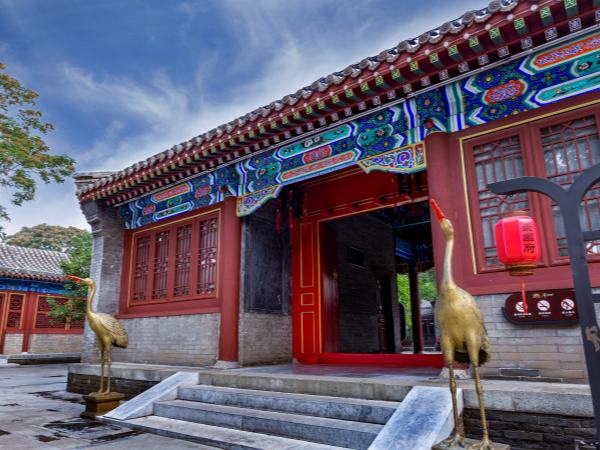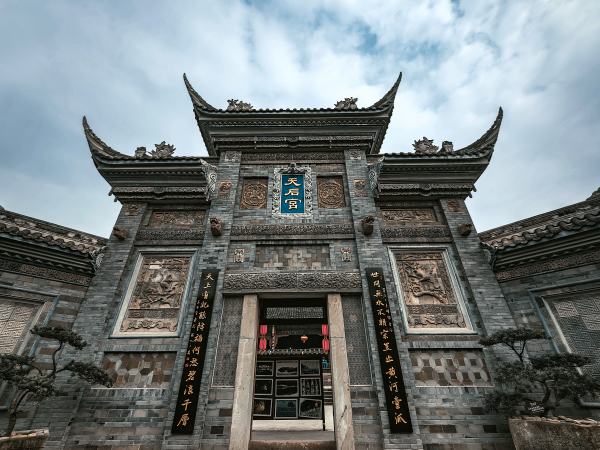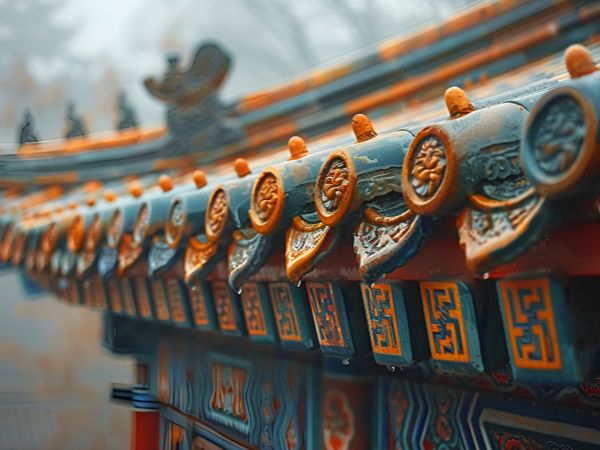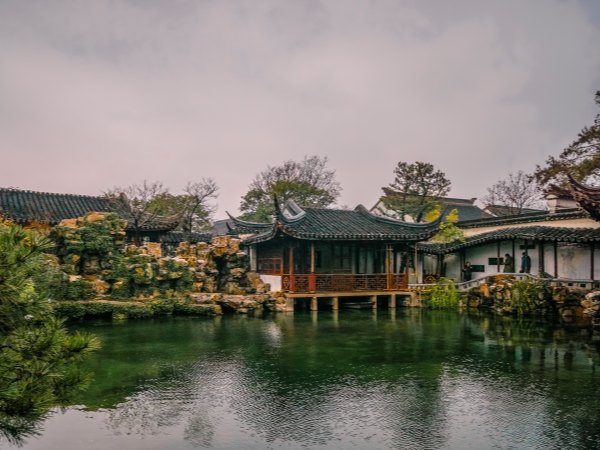The Characteristics of Traditional Chinese Architecture
Tradition is an identification and consensus in terms of values and feelings of a nation or region, belonging to the cultural sphere. Tradition refers to cultural tradition, and the basic form of traditional architecture is generally determined by cultural tradition. Traditional architecture also, from a certain point of view, reflects the form of traditional culture, and the two are inseparable. Therefore, the traditional characteristics are ethnic color and local color. Traditional Chinese architecture is precisely the most brilliant and direct form of the inheritance and manifestation of traditional culture and ethnic characteristics of China's long traditional history.

1.Majesty
When observing the elements of traditional Chinese architecture, such as doors, windows, eaves... the grandeur and comfort they convey are incomparable with many other architectures from different countries. Some of these buildings have very wide eaves that provide shade and protection from rain, while at the same time offering a wide view that integrates with nature. This aspect well reflects the idea of "harmony between heaven and man" in ancient Chinese architecture.

2.Splendor
Chinese architecture, especially the residences of the elites, are extremely sumptuous and majestic, thanks to the use of enamel tiles. When the sun shines on them, enamel tiles shine with bright, dazzling colors. Furthermore, due to their high cost, they also symbolize the status and wealth of the owner. Enamel tiles, with their gold, emerald green and bright blue colors, are traditional objects of Chinese architecture, known for their durability, vibrant colors and shine. They have been a prominent part of architectural ceramics throughout history.

3.Dynamism
The overhanging corner eaves of traditional Chinese architecture, which rise or curve, greatly weaken the sense of weight of buildings, making them appear more dynamic. Although murals are painted on the walls in many countries, none can match their liveliness. It is precisely because of the meticulous care devoted to these eaves that Chinese architecture appears lively and dynamic.

4.Use of the environment
The location of Chinese architecture is chosen with great care, and "feng shui theory" helps to some extent in finding good locations for buildings. Many elite residences are surrounded by mountains and calm waters, creating a serene environment. Being close to the mountains provides panoramic views, good drainage and an advantageous location for construction. The surrounding trees offer abundant natural resources and a healthy environment. Fresh wind and abundant water contribute to the quality of life. Therefore, living near mountains and rivers, with fertile land and good sun exposure, as well as access to water transportation, is universally considered the best location for human sustenance.

The characteristics of traditional Chinese architecture reflect the Chinese people's pursuit of harmony, balance and harmonious coexistence with nature. These features are not only masterpieces of ancient Chinese architecture, but also important components of the essence of traditional Chinese culture.













